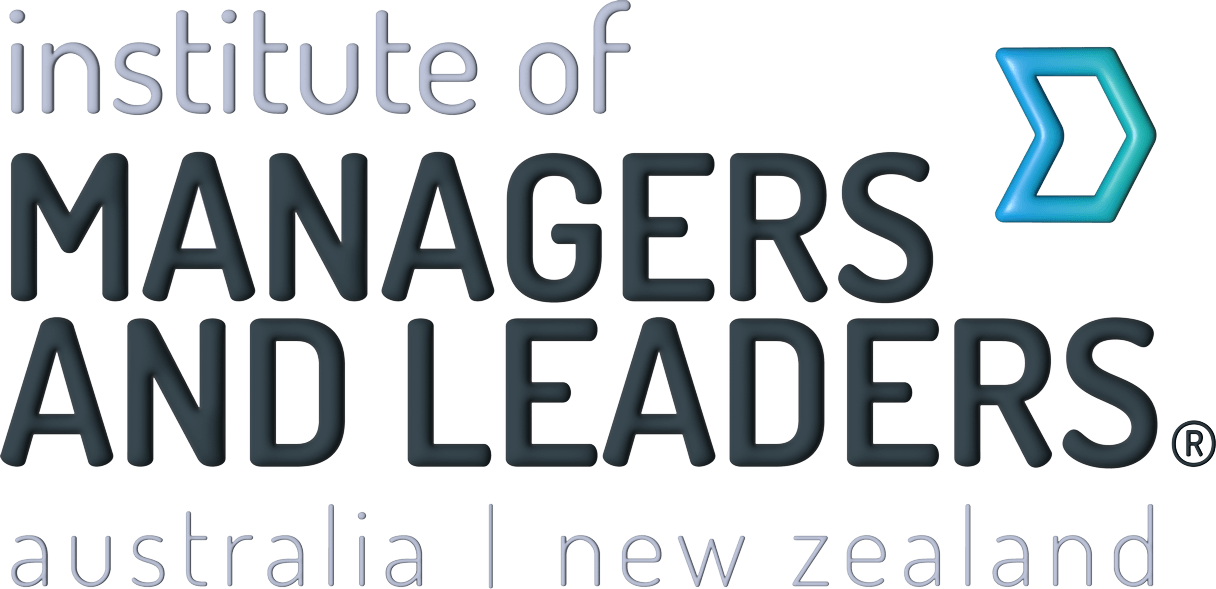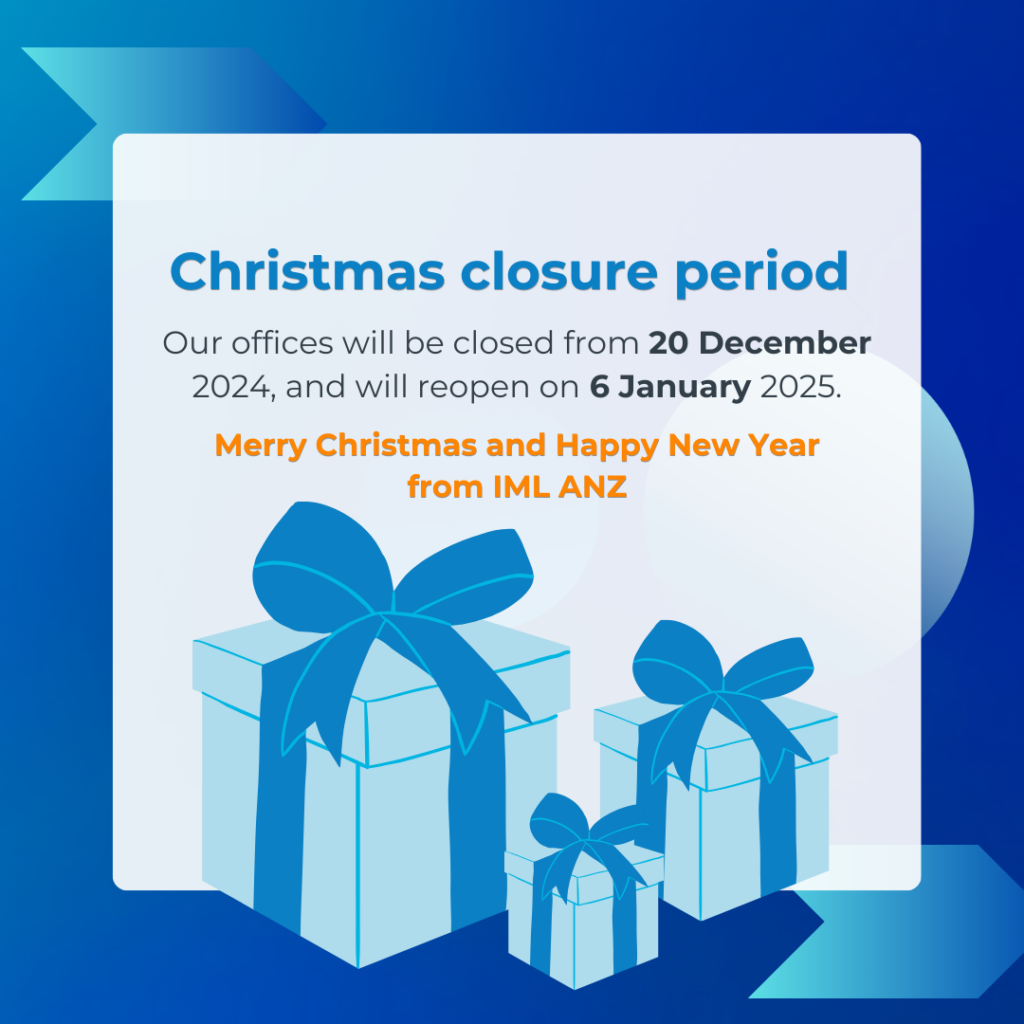Let’s be honest, technology at work has lost some of its shine. What once symbolised innovation now often feels like a digital leash. Between nonstop Zoom calls, bloated inboxes, and the rise of “bossware” tracking keystrokes and mouse clicks, tech is too often wielded for control instead of connection.
And it’s hurting us. When we use tech to control, we don’t get more productivity-we get fatigue, mistrust, and disengagement. You cannot grow a thriving team under a microscope. Trust, creativity, and connection need air, not oversight.
As someone who’s led a fully remote workforce at Momentum OT for over two decades (long before remote was trendy) I’ve seen firsthand how tech can either erode culture or elevate it. The difference? Mindset. We need to shift from command-and-control to connect-and-cultivate.
The future of work is flexible- the numbers don’t lie
Don’t just take my word for it. The numbers are in, and they’re loud.
The 2025 Deloitte Global Human Capital Trends Report found that while 85% of executives know agile work models are essential, only 39% are taking meaningful action to implement them. Deloitte refers to this as the “stagility” gap-the tension between stability and agility. The problem? Remote and hybrid models are here to stay, but too few leaders are adjusting how they lead to match.
Closer to home, a 2025 RedSearch study showed 88% of Australians want to work from home at least part-time, with 60% preferring hybrid arrangements. Flexibility is no longer a workplace perk, it’s a core expectation. But let me be clear, flexibility without connection is a trapdoor to disengagement and quiet quitting is a consequence of people not feeling seen, heard, recognised or supported.
Use tech as a link not a leash
Technology should be the bridge to connection, not a tool of control. At Momentum OT, we use tech to open doors, not peer through windows. We design it to spark connection, reduce friction, and help our team feel recognised and included.
Here’s what that looks like for us:
Facebook Hub for Micro-Moments – We’ve created a private team forum to share daily wins, wellbeing check-ins, and random moments of joy. Other teams might use Slack or Teams, but the key is that it’s informal, immediate, and human. Emojis and gifs aren’t fluff, they’re the virtual version of a smile in the hallway.
Check-Ins, not check-ups
This distinction matters. A check-in is an invitation: “How are you doing?” A check-up is a test: “What have you done?” At Momentum, our structured check-ins are about support, not scrutiny. That trust builds loyalty. And, yes, results follow-but people come first.
Meetings with purpose, not paranoia
Stop equating screen time with productivity. Trust your team to know when to focus and when to connect. Meetings shouldn’t feel like surveillance but should feel like touchpoints of shared purpose. Structure them well, have clear agendas, and use cameras to foster connection, not compliance.
Tech isn’t the problem, intent is
In my white paper, Remote Team Kings and Queens: How to Create an Engaged, Loyal and Thriving Workforce, No Matter Where or How You Work, I wrote:
“Engagement stems from connection, collaboration and support, and being part of a bigger purpose. Modes of engagement differ from those in office settings and require more intention and structure. A rigorous and regular structure around connecting with your team and for the team to connect with each other is essential when your team are working remotely.”
That’s the whole game right there. You can’t wing it. You can’t just copy and paste office habits into the remote world; you also can’t watch people into brilliance. You have to design connection into your business rhythm, and it starts with leadership that walks the talk.
There’s no spreadsheet for human motivation and no analytics dashboard can measure belonging. The real metrics that matter to long term sustainability and retention of talent-loyalty, innovation, discretionary effort-are built on trust, not tracking.
Ask yourself…
Before you roll out that new platform, schedule yet another video call, or introduce a new reporting process:
Does this build trust, or chip away at it?
Is this about connection, or control?
Is this tech helping us move forward, or just dressing up old-school oversight?
If it’s any of the latter, pause. Reframe. Rethink.
Because the future of work isn’t about watching people more closely, it’s about believing in them more. Then back that belief with structure, support, and systems that reinforce connection.
Connection over control. Every time
Remote teams don’t need tighter grips. They need better leadership.
Remote teams need space to thrive, structure that supports them and technology that connects them. That’s how you build teams that are not only productive but energised, aligned, and fiercely loyal.
That’s how remote teams rise. And that’s how leaders like you rise with them.




